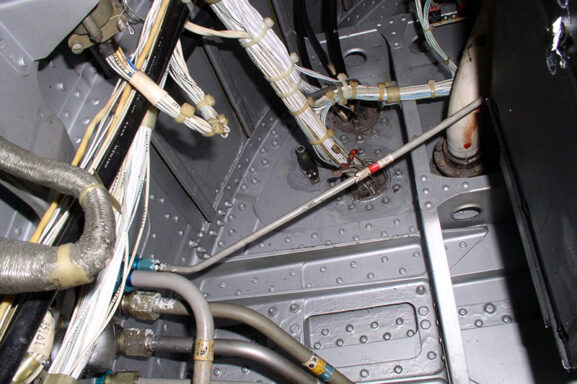Wind Effects Around Buildings Near Runway
This illustration highlights the effects of wind flow around buildings near runways, demonstrating how structures like hangars can influence the movement of air and create challenges for aircraft during takeoff and landing.
- Wind Flow (Blue Arrows):👇
- The arrows show how wind interacts with obstacles, creating areas of turbulence and swirling eddies.
- As wind strikes buildings, it is deflected and disrupted, leading to unpredictable air currents downwind of the structures.
- Structures (Hangars and Obstacles):👇
- Large buildings near the runway block the wind, causing air to circulate unpredictably around their edges.
- This results in uneven wind flow, which can destabilize aircraft during critical phases of flight.
- Runway (Marked “15”):👇
- Wind disturbances near the runway can complicate precise aircraft handling during takeoff and landing.
- Pilots need to anticipate changes in wind direction and strength caused by the surrounding structures.
- Wind Sock (Red Flag):👇
- The wind sock provides real-time information about wind direction and speed, helping pilots make adjustments.
- Despite this tool, localized turbulence from buildings can still make conditions tricky.
Pilots must remain vigilant and adapt quickly to turbulent wind patterns caused by nearby obstacles. Proper understanding of wind behavior around structures is crucial for maintaining safety during approach, landing, and departure.



